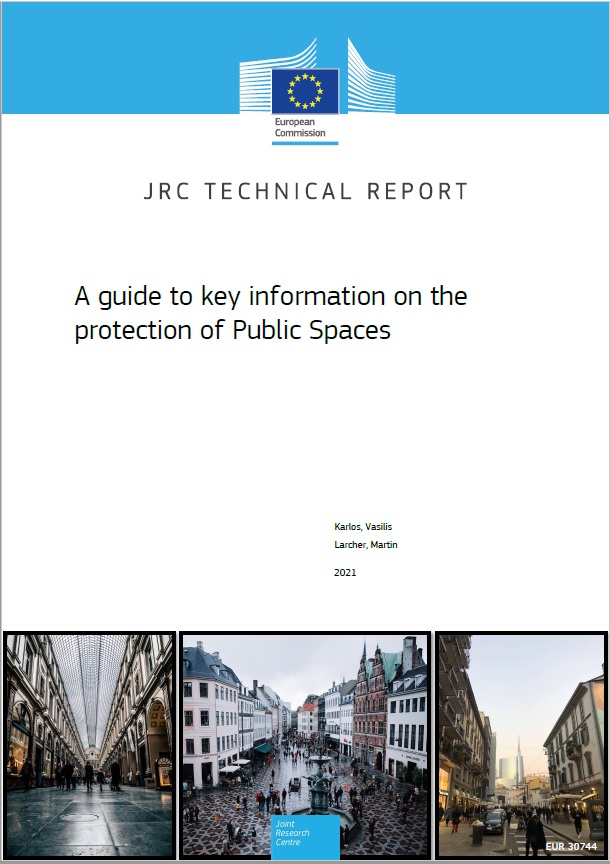A guide to key information on the protection of public spaces

date: 21/06/2021
The guide provides a list of the available information sources focusing on the protection of public spaces against terrorist and other types of malicious extremist attacks. Public spaces represent vulnerable assets under public or private ownership, that allow open, easy access and may attract a great number of people. Their vulnerability lies to the fact that they usually lack specialised protective measures and consequently, can be attacked by aggressors using both simple and more elaborated tactics. Such targets are often selected by terrorists in their effort to maximize casualties, attain media coverage and inflict fear to the population.
The information sources presented aim at raising awareness and at bringing to the attention of interested security stakeholders existing documents with specialized information and practical guidance on available measures that facilitate the prevention of a potential attack and mitigation of the consequences, should such an attack materialize. The documents are grouped according to the following broad domains relating to public spaces: public space/soft target definition, protection of public places during events, protection of education/religious/health sites, protection of retail/entertainment facilities, protection from hostile vehicles, risk assessment/management, protection of transport facilities, protection of critical infrastructures/buildings and protection against Unmanned Aerial Systems (UAS).
The referenced information sources originate from various countries and organizations, such as UK, France, Sweden, Czech Republic, USA, Australia etc. and they mainly focus on aspects of physical protection against terrorism threats. The list is mainly limited to publicly available documents and practically to those found in English, German and French language.
